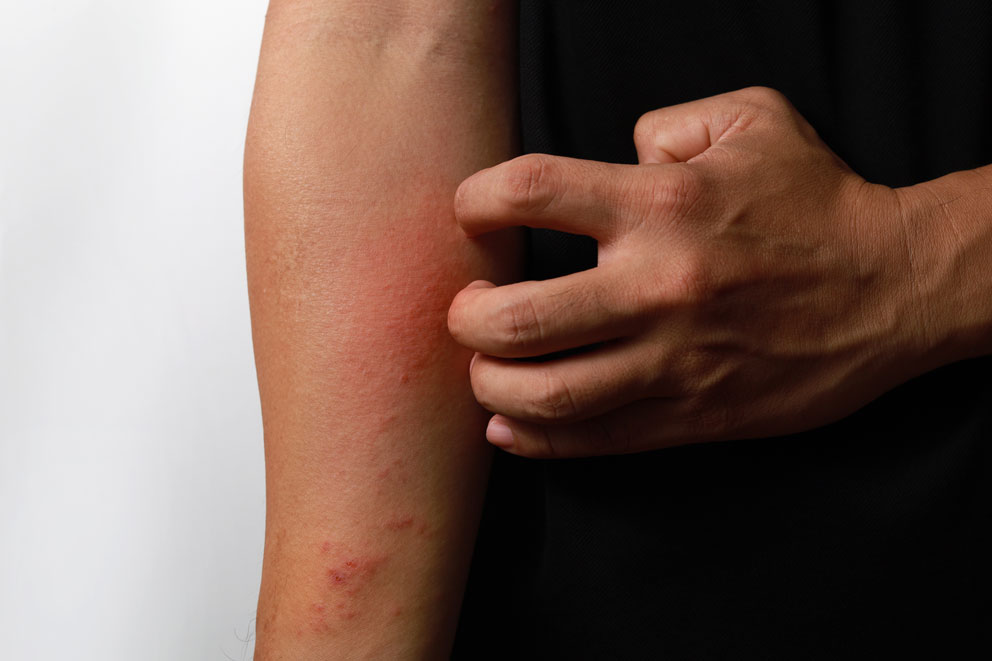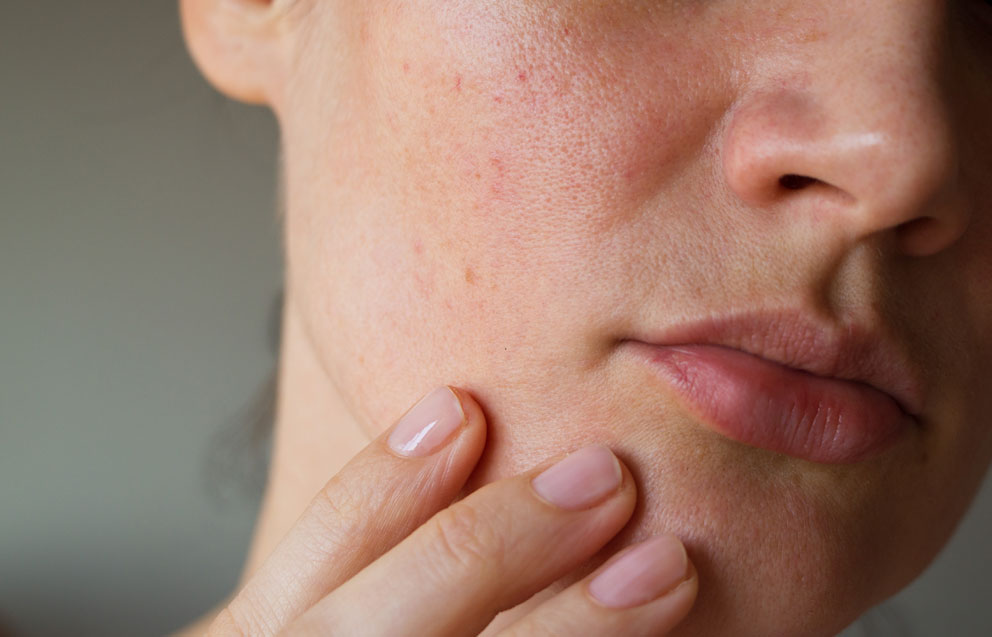1. Guttman-Yassky E et al. Once-daily upadacitinib versus
placebo in adolescents and adults with moderate-to-severe atopic dermatitis
(Measure Up 1 and Measure Up 2): results from two replicate double-blind,
randomised controlled phase 3 trials. Lancet (2021);397(10290):2151-2168;
2. Kantor R and Silverberg JI. Environmental risk factors and
their role in the management of atopic dermatitis. Expert Rev Clin Immunol.
(2017); 13(1): 15–26;
3. Huet F et al. Characteristics of Pruritus in Relation to
Self-assessed Severity of Atopic Dermatitis. Acta Derm Venereol (2019); 99:
279–283;
4. Legat FJ. Itch in Atopic Dermatitis – What Is New?Front.
Med. (2021);8:644760;
5. Abuabara K et al. The Long-term Course of Atopic
Dermatitis. Dermatol Clin. (2017); 35(3): 291–297;
6. Silverberg JI. Associations between atopic dermatitis and
other disorders. F1000Research (2018); 7(F1000 Faculty Rev):303;
7. Drucker AM et al. The Burden of Atopic Dermatitis: Summary
of a Report for the National Eczema Association. Journal of Investigative
Dermatology (2017); 137: 26-30;
8. Silverberg JI. Comorbidities and the impact of atopic
dermatitis. Ann Allergy Asthma Immunol (2019); 123: 144-151;
9. Xie QW et al. The wounded self—lonely in a crowd: A
qualitative study of the voices of children living with atopic dermatitis in
Hong Kong. Health Soc Care Community. (2020);28:862–873;
10. Xu Y et al. Childhood atopic dermatitis as a precursor for
developing attention deficit/hyperactivity disorder. International Journal of
Immunopathology and Pharmacology (2020); 34: 1–10;
11. Brown S and Reynolds NJ. Atopic and non-atopic eczema. BMJ
(2006);332:584–8;
12. Bieber T.Atopic dermatitis: an expanding therapeutic
pipeline for a complex disease. Nature Reviews Drug Discovery (2021);
13. Nicol NH et al. Daily Moisturization for Atopic
Dermatitis: Importance, Recommendations, and Moisturizer Choices. The Journal
for Nurse Practitioners (2021);17: 920-925;
14. Purnamawati S et al. The Role of Moisturizers in
Addressing Various Kinds of Dermatitis: A Review. Clinical Medicine & Research
(2017); 15(3-4): 75-87;
15. Garg T et al. Patch testing in patients with suspected
cosmeticdermatitis: A retrospective study. J Cosmet Dermatol (2018); 17(1):
95-100;
16. Nosrati A et al. Dietary modifications in atopic
dermatitis: patient-reported outcomes. Dermatolog Treat. (2017); 28(6):
523–538;
17. Kraft MT and Prince BT. Atopic Dermatitis Is a Barrier
Issue, Not an Allergy Issue. Immunol Allergy Clin North Am (2019);
39(4):507-519;
18. Kim BE and Leung DYM. Significance of Skin Barrier
Dysfunction in Atopic Dermatitis. Allergy Asthma Immunol Res.
(2018);10(3):207-215;
19. Caubet JC and Eigenmann PA. Allergic triggers in atopic
dermatitis. Immunol Allergy Clin North Am (2010); 30(3):289-307;
20. Silverberg JI et al. Atopic dermatitis is associated with
less physical activity in US adults. J Invest Dermatol. (2016); 136(8):
1714–1716;
21. Lee JH et al. A Comprehensive Review of the Treatment of
Atopic Eczema. Allergy Asthma Immunol Res. (2016);8(3):181-190;
22. Solomon I et al. The impact of lifestyle factors on
evolution of atopic dermatitis: An alternative approach (Review). Experimental
and Therapeutic Medicine (2019); 17:1078-1084;
23. Shi K and Lio PA. Alternative Treatments for Atopic
Dermatitis: AnUpdate. Am J Clin Dermatol (2019); 20(2):251-266;
24. Neri I et al. Rivista di Immunologia e Allergologia
Pediatrica (2016): 8-15;
25. Nemeth V and Evans J. Eczema (https://www.ncbi.nlm.nih.gov/books/NBK538209/ - Ultimo
accesso Novembre 2021);
26. Damiani G et al. Italian guidelines for therapy of atopic
dermatitis—Adapted from consensus-based European guidelines for treatment of
atopic eczema (atopic dermatitis). Dermatologic Therapy. (2019);32:e13121;
27. González-López G et al. Efficacy and safety of wet wrap
therapy for patients with atopic dermatitis: a systematic review and
meta-analysis. Br J Dermatol (2017);177(3):688-695
Quali sono i sintomi della Dermatite Atopica?

- variare in intensità [3]
- variare in gravità [3]
- scatenare il ciclo ‘prurito-grattamento’ [3,4]

- cute arrossata e secca [6]
- cute screpolata [6]
- chiazze desquamate [6]
- sanguinamento o presenza di essudato [6]

- ansia [8,10]
- depressione [8,10]
- insicurezza [7]
- solitudine [9]
- mancanza di concentrazione [10]


